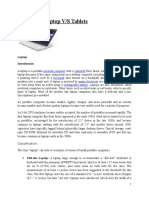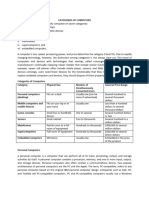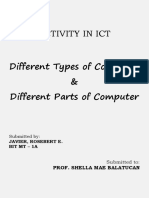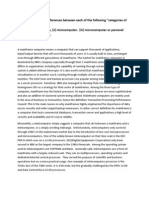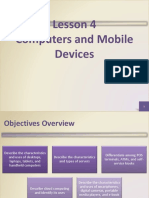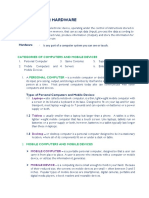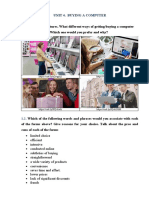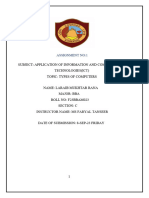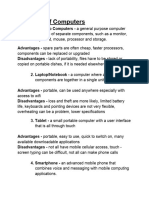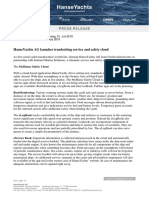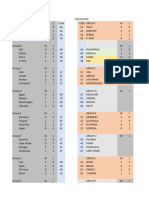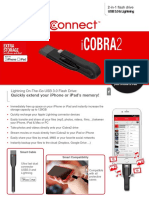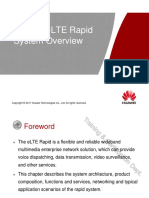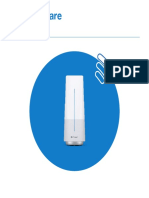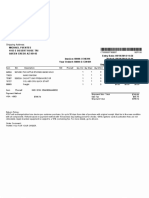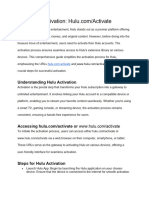0% found this document useful (0 votes)
13 views36 pagesPart 2 Computer Types
The document outlines various types of computers, including desktop, workstation, laptop, tablet, handheld, and smartphone categories, detailing their features, advantages, and disadvantages. It also discusses flagship, mid-range, and budget smartphones, highlighting their goals, performance, software support, and pricing. Each type is characterized by its intended use, portability, and technological capabilities.
Uploaded by
mharkleomendozaCopyright
© © All Rights Reserved
We take content rights seriously. If you suspect this is your content, claim it here.
Available Formats
Download as PPTX, PDF, TXT or read online on Scribd
0% found this document useful (0 votes)
13 views36 pagesPart 2 Computer Types
The document outlines various types of computers, including desktop, workstation, laptop, tablet, handheld, and smartphone categories, detailing their features, advantages, and disadvantages. It also discusses flagship, mid-range, and budget smartphones, highlighting their goals, performance, software support, and pricing. Each type is characterized by its intended use, portability, and technological capabilities.
Uploaded by
mharkleomendozaCopyright
© © All Rights Reserved
We take content rights seriously. If you suspect this is your content, claim it here.
Available Formats
Download as PPTX, PDF, TXT or read online on Scribd
/ 36














